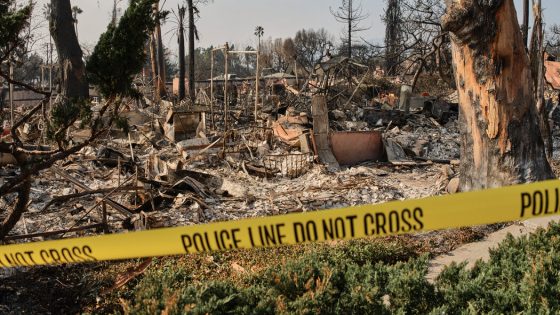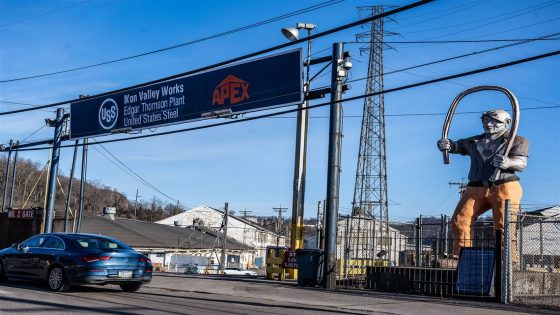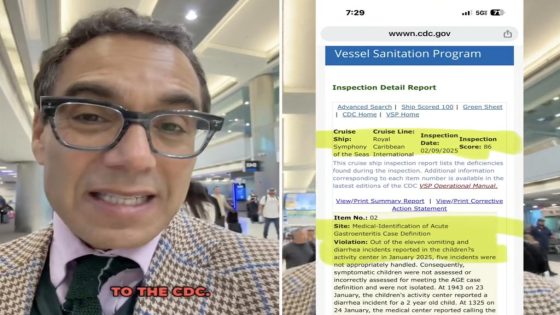California’s FAIR Plan, the state’s home insurance program for those unable to secure coverage in the private market, is facing a financial shortfall due to claims from recent wildfires in Los Angeles. On February 12, 2025, state regulators announced that the program will receive a $1 billion infusion from private insurers to cover these claims, which could lead to increased insurance costs for homeowners statewide.
- California's FAIR Plan lacks funds for wildfire claims.
- $1 billion assessment from private insurers approved.
- Rising insurance costs expected for homeowners.
- Major insurers withdrawing from California market.
- Largest assessment since FAIR Plan's inception.
- Insurance commissioner emphasizes claims payout priority.
The FAIR Plan was established in 1968 to provide insurance for homeowners who cannot obtain coverage through traditional private insurers. The recent wildfires in Los Angeles have strained the program’s resources, leading to the unprecedented $1 billion assessment. This is the first time since the 1994 Northridge earthquake that the FAIR Plan has encountered such a significant financial challenge.
Key details include:
- The $1 billion assessment is the largest in the program’s history.
- Insurers will be assessed based on their market share, as mandated by state law.
- Major insurers like State Farm are already reducing their presence in California, complicating coverage options for homeowners.
California’s insurance commissioner, Ricardo Lara, emphasized the urgency of ensuring that the FAIR Plan can fulfill its obligations to policyholders. As of 2023, the largest insurers in California included State Farm, Farmers Insurance Group, and CSAA Insurance, with others like Liberty Mutual and Allstate also holding significant market shares. The increased financial burden on private insurers may lead to higher premiums for homeowners across the state.
The infusion of $1 billion into the FAIR Plan underscores the growing pressures within California’s home insurance market, exacerbated by climate change and increasing wildfire risks. As the situation evolves, homeowners may face higher premiums and reduced options for coverage in the future.

































